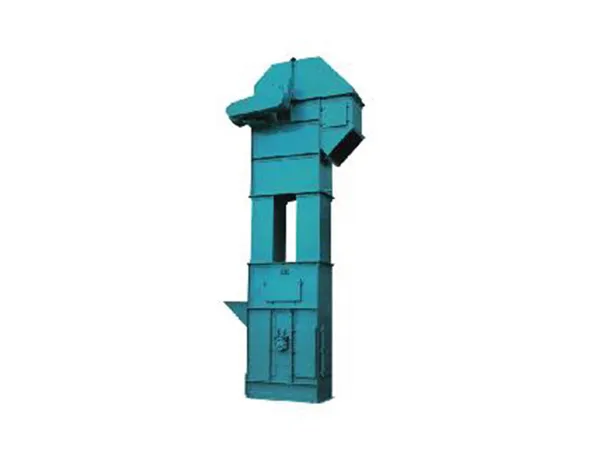A conveying machine, also known as a conveyor, operates on a relatively simple principle: it moves items or materials from one location to another. The specific working principle can vary depending on the type of conveyor and its design, but here’s a general overview:
Conveyor working principle
Belt Conveyors: These are among the most common types of conveyors. They consist of a continuous belt that rotates around two or more pulleys. The belt is typically made of rubber, PVC, or other materials with high friction properties. As the belt moves, it carries items or materials placed on top of it from one end to the other. The rotation of the pulleys drives the movement of the belt.
Roller Conveyors: Roller conveyors use rollers instead of a continuous belt to move items along a path. The rollers are mounted on a frame and can be powered or gravity-driven. Powered roller conveyors use motors to rotate the rollers, while gravity roller conveyors rely on the force of gravity to move items downward along a slight incline.
…
For more detailed information about the working principle of the conveyor, please click here: https://www.zymining.com/en/a/news/conveyor-working-principle.html



